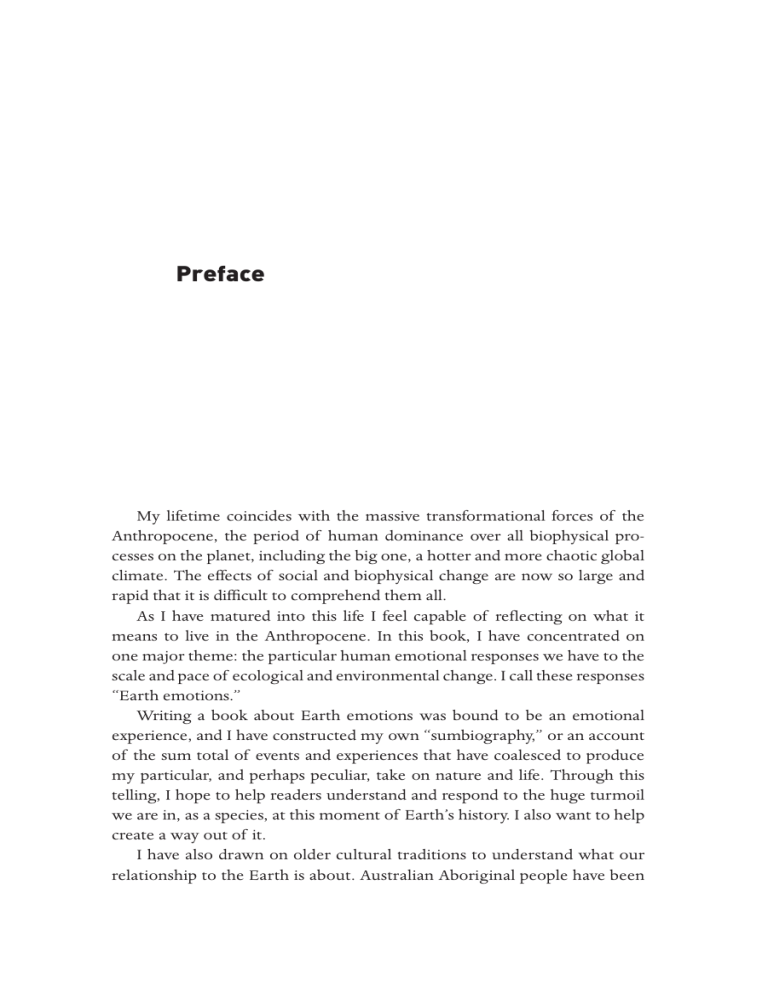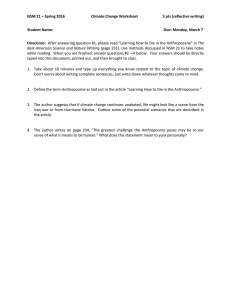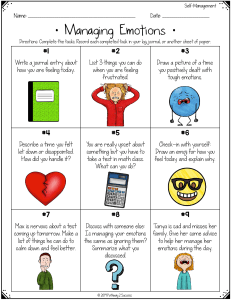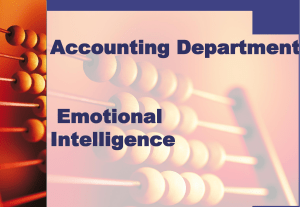
Preface My lifetime coincides with the massive transformational forces of the Anthropocene, the period of human dominance over all biophysical processes on the planet, including the big one, a hotter and more chaotic global climate. The effects of social and biophysical change are now so large and rapid that it is difficult to comprehend them all. As I have matured into this life I feel capable of reflecting on what it means to live in the Anthropocene. In this book, I have concentrated on one major theme: the particular human emotional responses we have to the scale and pace of ecological and environmental change. I call these responses “Earth emotions.” Writing a book about Earth emotions was bound to be an emotional experience, and I have constructed my own “sumbiography,” or an account of the sum total of events and experiences that have coalesced to produce my particular, and perhaps peculiar, take on nature and life. Through this telling, I hope to help readers understand and respond to the huge turmoil we are in, as a species, at this moment of Earth’s history. I also want to help create a way out of it. I have also drawn on older cultural traditions to understand what our relationship to the Earth is about. Australian Aboriginal people have been x Preface in the “Great South Land” for up to eighty thousand years. They have a powerful story of longevity and coexistence with other humans and nonhumans to share with the rest of the world. Many Aboriginal elders have a double experience of turmoil. First their traditional culture was dismantled by colonial forces; and now, their emergent hybrid culture is assaulted by climate chaos. Their experience of loss and persistence is instructive to all humans. As the threat to humanity of a powerful climatic global force of our own making has never before existed, much of what has been written in the past about nature and life is irrelevant to the future we now face. Also, since the essence of the Anthropocene seems to be self-destructive, I want to exit the era as soon as possible. Earth Emotions will take us directly to the core of our problems and use the knowledge gained by the latest science to guide us rapidly into a better future. Based on the biosciences that underpin discoveries about the central role of symbiosis (living together) in the lifeworld, I have created “the Symbiocene,” an alternative “good” future place with distinctive positive Earth emotions. Along the way, I create many new ideas, words, and concepts that I think will challenge the representatives of the Anthropocene and usher in the Symbiocene. The first of these concepts is “solastalgia,” or the lived experience of distressing, negative environmental change. I tell the story of the “discovery” of solastalgia and how it has become a key concept in the domain of human responses to negative and distressing environmental change. Solastalgia is as relevant to individuals’ loss of an endemic sense of place due to the negative impacts of global warming as it is to cities and their urban complexes as they are transformed by the forces of development. After creating the concept of solastalgia, I came to the realization that this negative emotional and psychological experience sat within a wider range of what I now call “psychoterratic” (psyche-earth) emotional concepts. I have set about describing these negative Earth emotions and juxtaposing them against positive ones. I call the result of this comparative analysis the “psychoterratic typology,” and it is work in progress as the novel effects of grand-scale environmental damage to places, hearts, and psyches become evident. Conversely, as we lose beautiful and loved places on Earth, we begin to put into words those positive emotional states that were once delivered for free and without the need for terminology. Positive and negative Earth emotions are in lockstep, as you cannot have one Preface xi without the other. I have devoted two chapters in this book to the explication of these dialectically opposed elements of the psychoterratic typology. Included in these chapters are the ideas of other writers and thinkers who have contributed to the typology. Some, like Aldo Leopold, are famous, while another, Elyne Mitchell, an Australian writer and a contemporary of Leopold’s, is almost unknown as an environmental thinker even within Australia. The revolution in scientific and transdisciplinary thinking, based on the foundation of life we call symbiosis, is also a stimulus for the creation of a new secular form of spirituality that accompanies the science, technology, ethics, and culture of the Symbiocene. I have named this new secular spirituality “the ghedeist,” and it, too, is vital for the development of a new human relationship with the rest of life. I am of the view that many of my readers will feel, like me, that the old sources of spiritual insight are not going to make the grade in the twenty-first century. If you crave a new secular spirituality that reunites humanity with the Earth from which we emerged as a species, then I have something to offer you. The book concludes with an examination of what humans must do to enter the Symbiocene. Although a transdisciplinary philosopher by inclination, I have attempted to give “Generation Symbiocene” a relentless, optimistic, and practical view of their future. Such extreme optimism is needed to counter the ruthless pessimism that is emerging from the critics of the Anthropocene and the collective wisdom of scientists who keep warning us about the apocalyptic scenario that is unfolding due to ecosystem destruction, toxic pollution, and climate warming. Even baby boomers are given a satisfactory way of exiting this life, as they can play a huge role in enabling their own children and grandchildren to successfully enter the Symbiocene. I do not make light of the situation we now find ourselves in. I have declared that there is now an open emotional war occurring between the forces of creation and the forces of destruction on this Earth. World War Three will be an emotional war that must end in victory for the forces of creation. Yet those who command the forces of destruction will not easily cede their control of the Earth. The future could turn out to be very ugly for humanity—but then again, it could be brilliant. Earth Emotions is my contribution to an optimistic future, one that challenges everything that is going wrong on the Earth right now, and it offers xii Preface solutions. I trust that feelings of solastalgia will become a distant memory of a past we choose to negate. My hope is that, by the end of this book, you will feel totally at home with the new concepts I have created. For one, you will be “in” the Symbiocene: you will feel that you are already part of it, and that it is a part of you.






